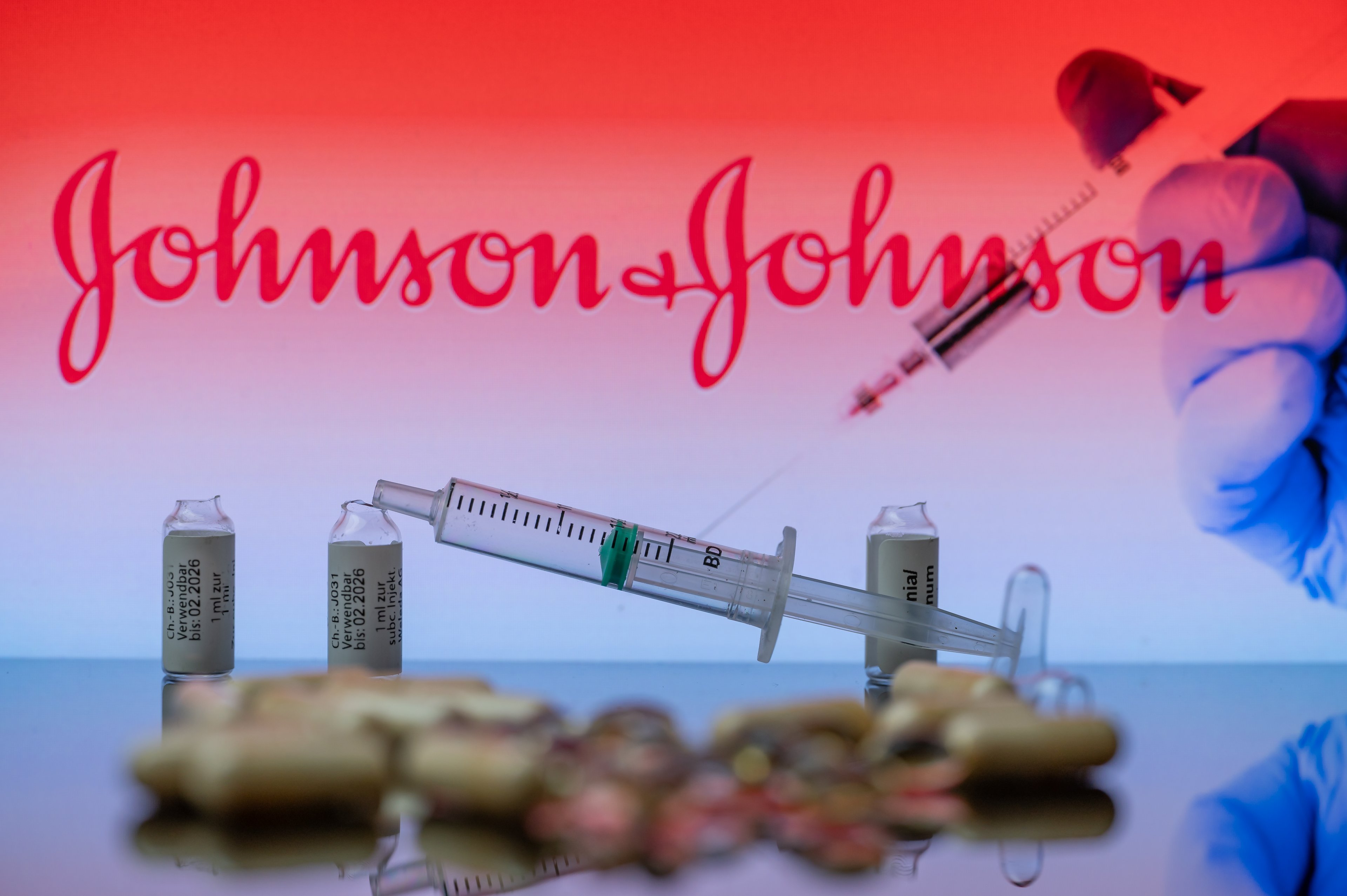Johnson & Johnson (JNJ 0.09%) is often cited as the biggest pharmaceutical company in the world, but it also generates a significant amount of revenue from medical device products. Let's take a deep dive into this division and focus on the key areas that investors should watch.
Performance in 2013
Medical devices and diagnostics accounted for 40% of Johnson & Johnson's total sales in 2013, with the segment having an encouraging year at face value. Sales grew by 3.9% compared to 2012, although this doesn't paint the full picture. Looking beyond the headline sales growth figure shows that a currency headwind of 2.2% reduced the overall figure, with the division growing by 6.1% in constant currencies. Furthermore, the unit performed much better abroad, delivering operational growth of 8.1% in international markets against 3.5% in the U.S.
Focusing on the components of the medical devices and diagnostics segment, there was very mixed performance. For example, the diabetes business recorded negative sales growth of 11.7%, primarily due to pricing pressure (as opposed to volume declines) both within the U.S. and abroad. Meanwhile, the diagnostics business had another tough year, with sales falling by 8.9%. That division also had a challenging year in 2012, dropping by a smaller 4.4%. So it's little surprise that Johnson & Johnson sold the franchise in January 2014 to private equity outfit Carlyle Group for more than $4 billion.
Making gains in 2013 were the orthopedics business (more on that below) and cardiovascular care, which swung from declining sales in 2012 to post an increase of 4.6% in 2013. A key reason for this was a series of successful catheter launches. There was more good news on that front this year, too, as Johnson & Johnson received approval for the first catheter ablation therapy in the U.S. to feature direct contact force for the treatment of atrial fibrillation.
Diving deeper
Drilling down further, it's clear that Johnson & Johnson's 2012 acquisition of Synthes heavily affected results for the segment in 2013. Almost all of the growth in orthopedics, which was the largest and fastest-growing segment, resulted from the first full year of Synthes being included in the results. So while the headline numbers for orthopedics look extremely strong, including sales growth of 21.9% in 2013, much of this was acquired growth. This means that the medical devices and diagnostics segment's 3.9% headline sales growth figure may not paint the full picture. Sure, currency headwinds and the sale of the poorly performing diagnostics unit should also be taken into account when assessing the segment's future potential, but a lack of organic growth could show itself up in future headline figures.
In addition, margins in the segment were lower in 2013 (pre-tax profit margin of 18.5% versus 26.2% in 2012), mainly as a result of higher litigation expenses and also 2012's figures being positively affected by divestitures.
The competition
In terms of competition, medical devices and diagnostics accounted for 21% of Abbott Labs' (ABT 0.23%) total sales in 2013, with Becton, Dickinson (BDX +1.33%) also focusing on this area. Abbott experienced a strong year in this space and delivered total sales growth of 5.9%, even when a negative currency impact of 2.4% is taken into account. A 10.8% increase in volume drove the growth, while competitive pricing had a negative impact on total sales. However, reduced prices did not translate into falling margins, as Abbott drove through significant efficiencies so as to increase operating margin from 19.2% in 2011 to 22.2% in 2013, with a more focused and leaner supply chain making a big difference.
Meanwhile, Becton had a mixed 2013. It increased total sales by 4.5% versus 2012, with currency headwinds and the positive impact of previous acquisitions roughly canceling each other out. As with Johnson & Johnson, international sales were a plus for Becton, with the international top line growing by 8% in constant currency. This highlights why the company is expanding into emerging markets, which could continue to be a high-growth area. The one blot on Becton's copybook was increased operating expenses, mostly a result of charges relating to litigation and the medical device excise tax.
Looking ahead
While Johnson & Johnson's headline sales figure for the medical devices and diagnostics division was higher in 2013 than in 2012, it does not paint the full picture. The result of including the first full year of the Synthes acquisition made a big impact and, when combined with reduced margins, means that the segment could struggle to post sector-leading numbers going forward or need to turn to more M&A activity to continue the growth trend. The encouraging signs, though, are strong growth from emerging markets, as well as the sale of an underperforming operation (diagnostics) that should aid the headline growth figure in future.
Furthermore, with sector peers Abbott Labs and Becton posting strong sales figures for the segment in 2013, there appears to be considerable potential in this space. While the performances of Johnson & Johnson's divisions were mixed, a renewed focus on faster-growing segments should help boost top-line growth numbers, with the company seeking to also reduce its exposure to slower growing businesses. As a result, the segment -- and Johnson & Johnson -- could experience a relatively strong 2014.








